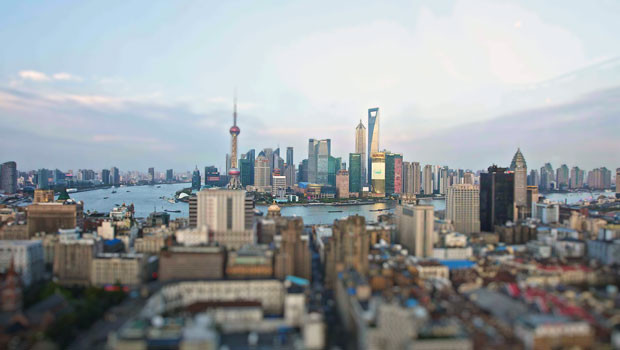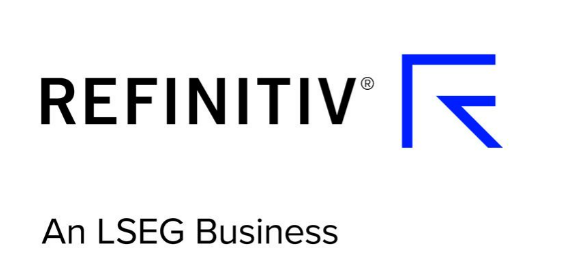
Source: Sharecast
Despite an initial rise, oil prices gave up gains through the day, while gold benefited from safe-haven demand.
“Despite ongoing missile exchanges between Israel and Iran, markets have demonstrated resilience, with most Asian indexes closing in positive territory on Monday,” said TickMill market analyst Patrick Munnelly.
“Chinese retail sales surpassed expectations, although the markets showed little reaction to the news.
“Oil prices initially surged by 4% but have since stabilised, now trading about 1% higher.”
Munnelly said that, while conflicts in the Middle East were not uncommon, the situation did not appear to be escalating further.
“Investors seem confident that Iran will avoid attempting to shut down the Strait of Hormuz, as such an action could provoke US involvement.
“Furthermore, Saudi Arabia and other OPEC members have the capacity to increase oil supplies if needed to stabilise prices.
“This regional tension adds complexity to the upcoming G7 meeting in Canada, already strained by disputes over [US] president Trump's tariffs on allied nations.”
Progress on trade agreements was limited, Munnelly noted, adding that last week's temporary US-China tariff resolution had not fully addressed restrictions on critical minerals tied to national security concerns.
Markets rise across the region as investors shrug off Middle East tensions
In Japan, the Nikkei 225 rose 1.26% to close at 38,311.33, led by strong gains in Advantest, which jumped 9.63%, Tokyo Electric Power, up 4.66%, and Mercari, which gained 4.56%.
The broader Topix index added 0.75% to finish at 2,777.13.
Chinese stocks also finished higher - the Shanghai Composite edged up 0.35% to 3,388.73, while the Shenzhen Component rose 0.41% to 10,163.55.
Leading the gains were Shanghai Huili Building Materials, HeBei Jinniu Chemical Industry, and Shandong Cynda Chemical, each soaring over 10%.
Investors responded to official data showing a year-on-year rise in retail sales for May, while industrial output growth showed signs of slowing.
Hong Kong's Hang Seng Index gained 0.7% to 24,060.99, supported by a 6.03% rally in Chow Tai Fook Jewellery Group, a 4.67% rise in Henderson Land, and a 4.23% climb in Xiaomi.
South Korea’s Kospi 100 surged 1.68% to 2,942.53.
Shares in Samsung SDS soared 21.65%, while Hanwha Systems and Hyundai Heavy Industries rose 18.01% and 12.06%, respectively.
Australia’s S&P/ASX 200 posted a marginal gain of 0.01% to 8,548.40.
Santos led the market with a 10.92% increase, followed by Resolute Mining up 7.89% and Cochlear gaining 4.91%.
New Zealand’s S&P/NZX 50 jumped 1.09% to 12,690.13, driven by a 57.53% surge in Tourism Holdings after the campervan firm received a NZD 508.5m takeover offer from a consortium including BGH Capital and THL executive director Luke Trouchet.
Mainfreight added 2.97%, while Ryman Healthcare gained 2.76%.
In currency markets, dollar was last up 0.08% on the yen to trade at JPY 144.19, while it fell against the Aussie and Kiwi, by 0.43% on the former to AUD 1.5348, and by 0.42% against the latter, changing hands at NZD 1.6556.
Oil prices eased late in the day after earlier gains prompted by renewed Middle East conflict.
Brent crude futures were last down 0.67% on ICE at $73.73 per barrel, and the NYMEX quote for West Texas Intermediate declined 0.49% to $72.62.
Retail sales surge, industrial production growth misses in China
In economic news, China’s retail sales grew at their fastest pace since December 2023 in May, offering a sign of resilience in consumer demand as government subsidies helped lift spending.
Retail sales rose 6.4% year-on-year, well above the 5% increase forecast by economists and up from April’s 5.1% gain, according to data from the National Bureau of Statistics.
The stronger retail figures provided a rare bright spot for an economy still grappling with weak investment and persistent property market pressures.
Industrial production rose 5.8% in May from a year earlier, slightly below expectations and down from April’s 6.1% increase.
Fixed-asset investment climbed 3.7% in the first five months of the year compared to the same period in 2023, slowing from a 4% gain in the January-April period and missing analysts’ forecasts.
Property investment remained a key drag, falling 10.7% year-on-year in the January-May period.
New home prices continued to slide, with prices in top-tier cities falling 1.7% in May from a year earlier.
Prices in tier-two and tier-three cities dropped more sharply, by 3.5% and 4.9%, respectively.
China’s exports were softer than expected in May but showed underlying resilience, according to Goldman Sachs, as exporters increased shipments to Southeast Asia, Europe and Africa.
Shipments to the US, however, plunged more than 34% from a year earlier - the steepest decline since February 2020.
A 90-day tariff truce with the US reached in mid-May offered temporary relief to exporters, allowing firms to frontload orders and diversify markets.
The urban unemployment rate eased to 5.0% in May, down from 5.1% in April and marking its lowest level since November 2023, signalling some improvement in labour market conditions.
Reporting by Josh White for Sharecast.com.


